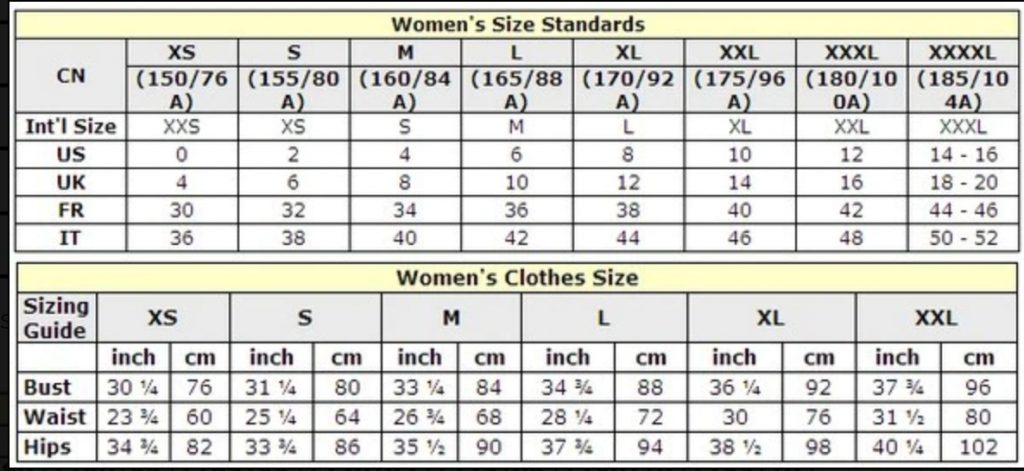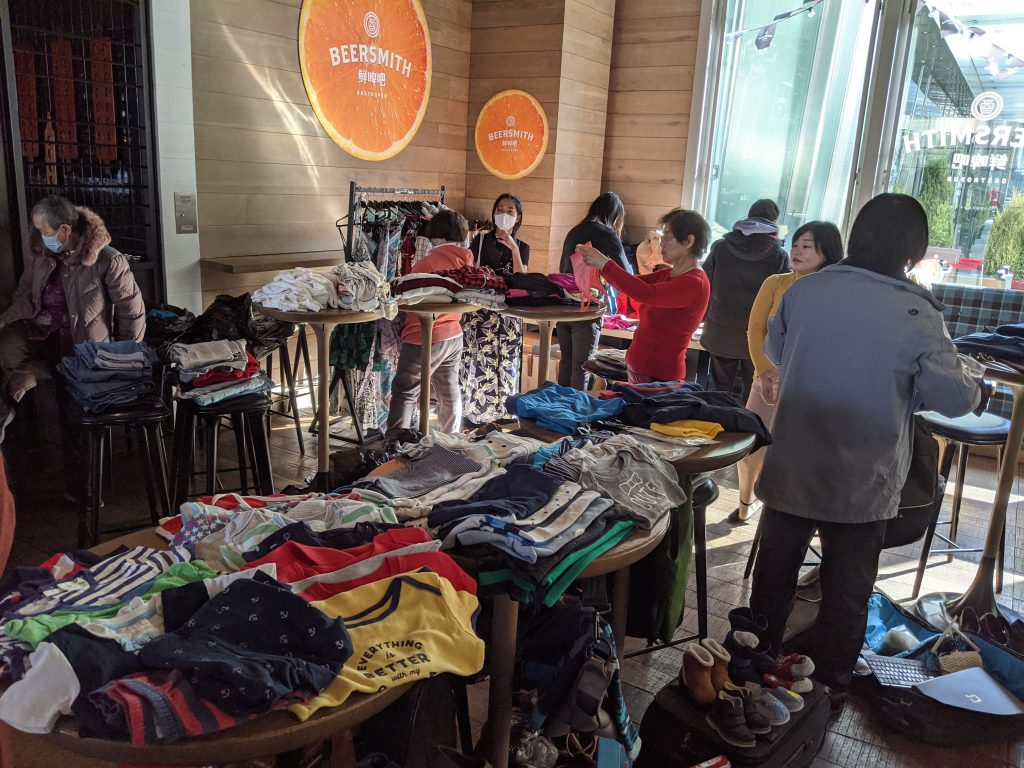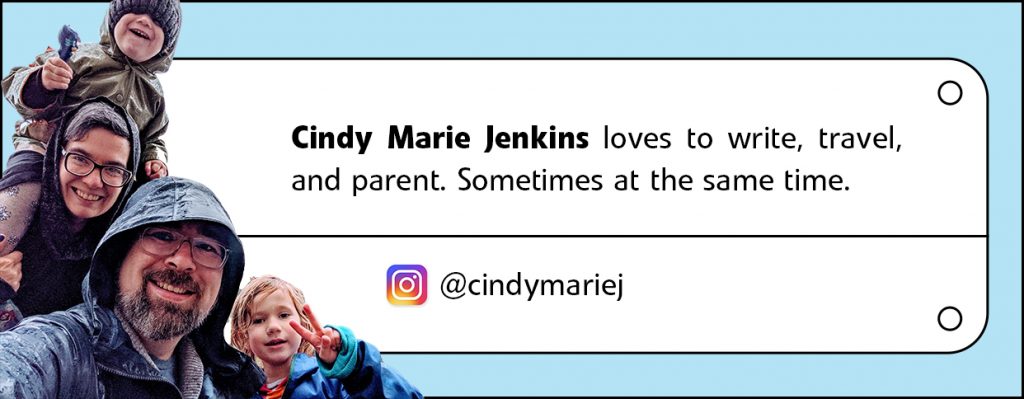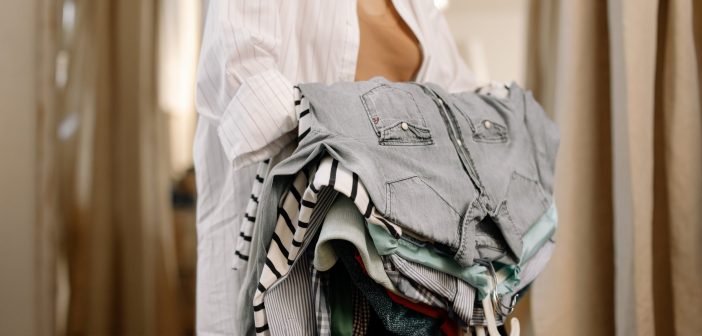It isn’t your imagination. Sizes of clothes in China are random and often smaller than expats are used to, to put it mildly. It’s hard not to look like an idiot when you shop if you’re holding up your Google Translate to tags, or keeping your handy-dandy international size converter chart on your home screen because every time you like a piece of clothing, you have to process it through numerous mathematical calculations.
After many misfires in Beijing, I thought I had finally figured out my size under the 175cm category. That’s only after realizing that 175 referred to your height and wasn’t a category of size here. But go to another store or even another rack, and my size was different. Don’t even get me started on the discrepancy between kids’ sizes either. My kids run small and there is no way to guarantee that any clothing will fit them, let alone their school uniforms.

To be honest, this problem isn’t unique to China. I remember shopping at Target in my smaller-sized days and wondering why I was a different size in different brands. I just wanted to leave the store with clothes that fit, without having to try every bloody item on. I acknowledge that part of this struggle is simply adjusting to my new shape and size, the same way I had to buy new bras during and after breastfeeding. And I am not the kind of person who likes to keep the clothes that don’t fit as motivation for dieting.
“Just go on Taobao,” I hear you say. But the last time I chose an XL costume for Halloween, well, let’s just say it’s a good thing it was meant to be form-fitting. The cape was usable, the bodysuit was not.
Christine H, admin of the Taobao Warriors WeChat group offers some great advice for people struggling like me. “My best advice is to use a translator to get the Chinese of what you want and then add the letters ‘mm’ to it. I don’t know the reasons, I only know it works. It sounds kinda basic but once you find a few stores that work for you, it’s easy to focus on those stores…. Even recently, I needed a dress or shirt with hearts on it for a costume, but it’s not the kind of thing I would wear nor would it show up in a recommendation. I found one by [using that mm trick], and can support a plus-size Chinese designer that makes other dresses I think are really nice!”
My own shopping tendencies usually involve going to the big brand stores and grabbing whatever looks decent. It does mean that I’ll often come into work wearing the same sweater as my colleagues, but it feels like the fastest way of getting what I want, with a relatively smaller margin of error. If I’ve learned anything from my time in China, however, it’s that finding local artisans or brands is the best way to live. Showing loyalty to a business often brings you not only the best products, but they’ll go the extra mile for you to stay loyal and refer their business to your friends.

I also really enjoy the Reduce to Relive group and other meet-ups for used clothing.
Christine also agrees that if you show local businesses that plus sizes need more love, we’ll get the attention and fashion we deserve: “[You] do spend a bit more money on Chinese brands (but use measurements and be cautious of long sleeves)! If you find one you like, share it just as passionately as the factory sellers! …It’s important to support the local plus-size industry too! Without demand, the supply will never grow, plus I really like supporting independent designers and plus-size models.”
The most satisfying shopping experience I had online was just recently when I tried an assortment of XXL, 3XL, and 4XL tops. It seems that on Taobao and PandaBoo I sit comfortably in size 3XL, and now I don’t have to worry about being asked if I’m pregnant since I can no longer cover up the pooch with a sweater.
So what’s your go-to for clothes shopping? Have a favorite local retailer? Tell us in the comments!
KEEP READING: Talking to Children About Discrimination
Images: Unsplash, Cindy Marie Jenkins





